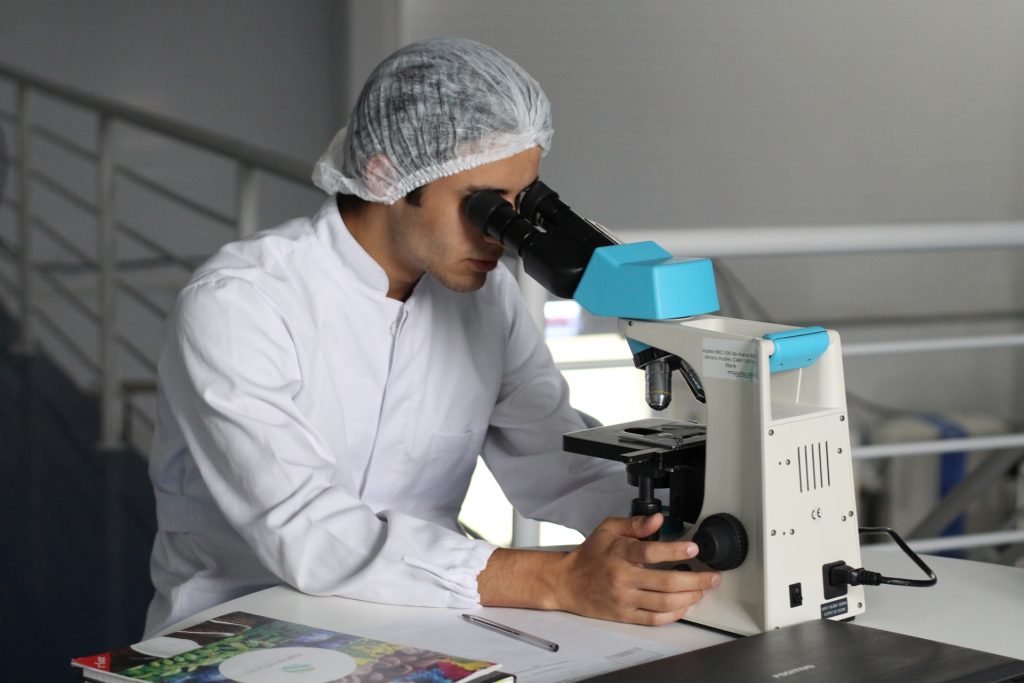If you’re looking for entrepreneurs discussing great ideas over espressos and organic treats; business gurus preaching to the next generation of hopeful moguls; or the next Steve Jobs —look no further than Silicon Valley in the San Francisco Bay Area, California. Soon, you’ll be able to find one of the greatest intersections of science and industry: the Laboratory for Genomics Research (LGR).
Last week, biopharma giant GSK said its partnering with leading genomics experts to open up a $67 million-research facility dedicated to studying, understanding and learning about the basis of human disease using the gene-editing technique, CRISPR.
GSK’s Chief Scientific Officer Dr. Hal Barron will work with Dr. Johnathon Weissman, a functional genomics scientist at the University of California San Francisco and Dr. Jennifer Doudna, one of the co-inventors of CRISPR gene editing and professor at University of California, Berkeley.
“Technology is key to our innovation strategy at GSK, and CRISPR is one of the most important technologies of our time,” said Barron in a press release. “With the expertise of Jennifer and Jonathan helping to steer the [Laboratory for Genomics Research], I am confident the lab will significantly advance our scientific understanding of the relationship between genes and disease to help find better medicines faster.”
The researchers also plan to leverage GSK’s artificial intelligence and machine learning technologies to identify patients who may benefit from these new types of therapy.
The gene editing tool is thought to be one of the greatest scientific tools of the decade, enabling scientists to make precise cuts in a cell’s genome. With it, scientists have successfully corrected the genetic defect that causes Duchenne Muscular Dystrophy and engineered more potent cancer-killing biologics. CRISPR doesn’t always get good publicity, but its potential to change the way we treat human disease keeps the research dream alive.
In a STAT event, Barron, Weissman and Doudna emphasized that the Laboratory for Genomics Research is more than just putting great minds into the same room. It’s about truly bridging academia with industry or drug discovery with commercialization. “In academia, we’re great at discovering,” said Weissman. “It’s not our mission… to develop drugs.”
CRISPR has been widely used to study genetic mutations that cause disease. Why not, then, use these gene targets to inform drug development? By having both types of research happening under the same roof, new treatments can be developed and tested faster.
Similarly, healthcare organizations have increased their efforts in knowledge translation in an attempt to close the gap between research and clinical practice. It makes sense to involve the doctors or patients who will end up using the final product in the research process, but complex collaborations come with their own set of obstacles. Differences in perspectives of stakeholder roles, project management styles, research design and individual expectations are among the main challenges faced among 20 collaborative research projects, according to a 2018 study. These same differences could potentially impede the success of industry-academic partnerships.
Ultimately, the goal is to advance our understanding of human genes and how they function in disease.
“I think for all of us, we see a really kind of unprecedented opportunity to leverage the best of academic science and research here in the Bay Area with also the very best of pharmaceutical science to do things that in the past would’ve been either difficult or impossible to achieve,” said Doudna to STAT News.












Join or login to leave a comment
JOIN LOGIN